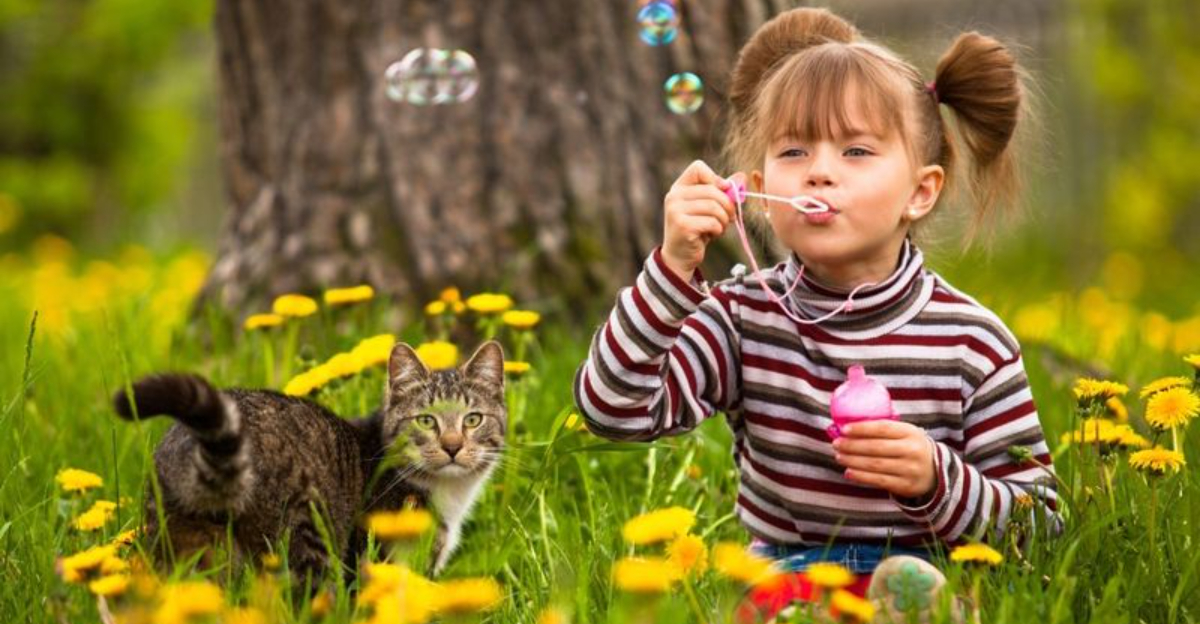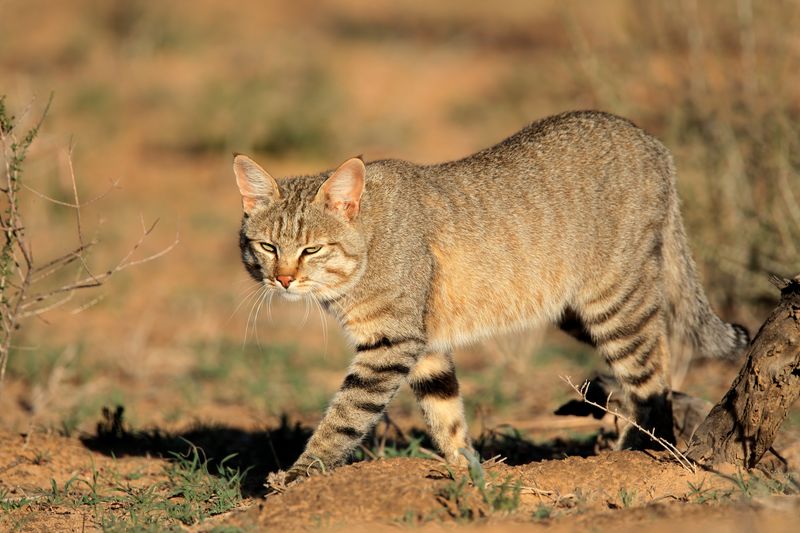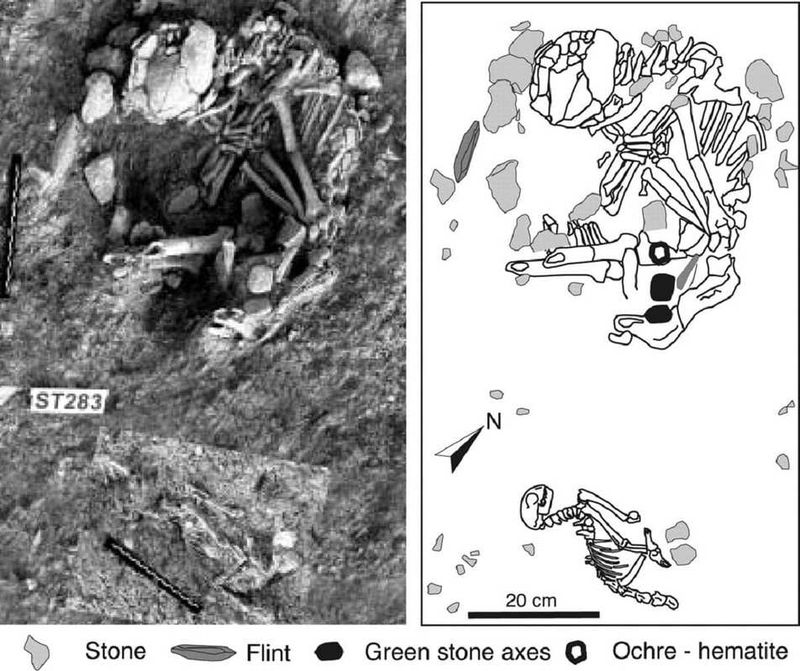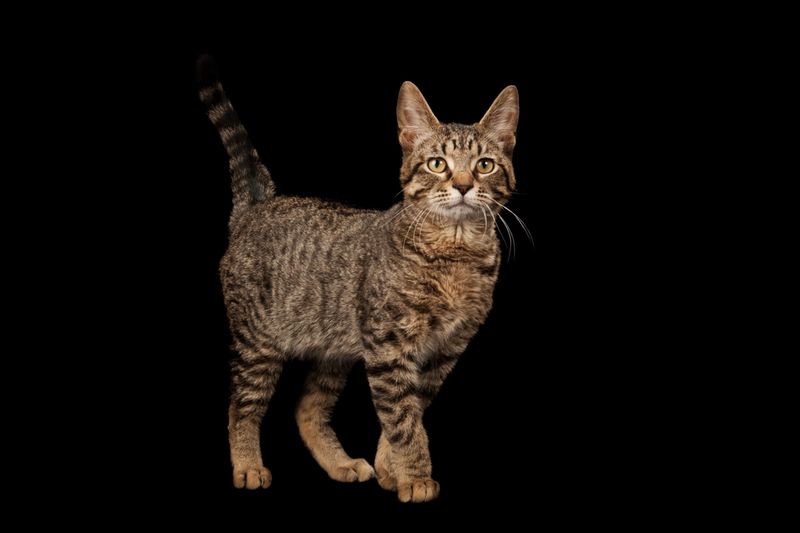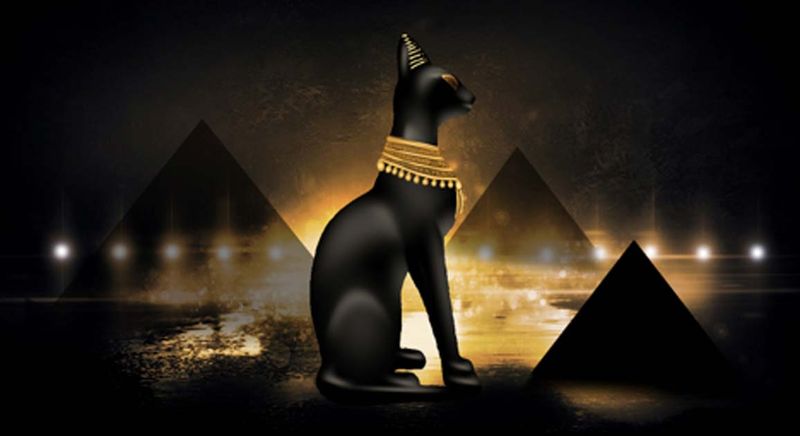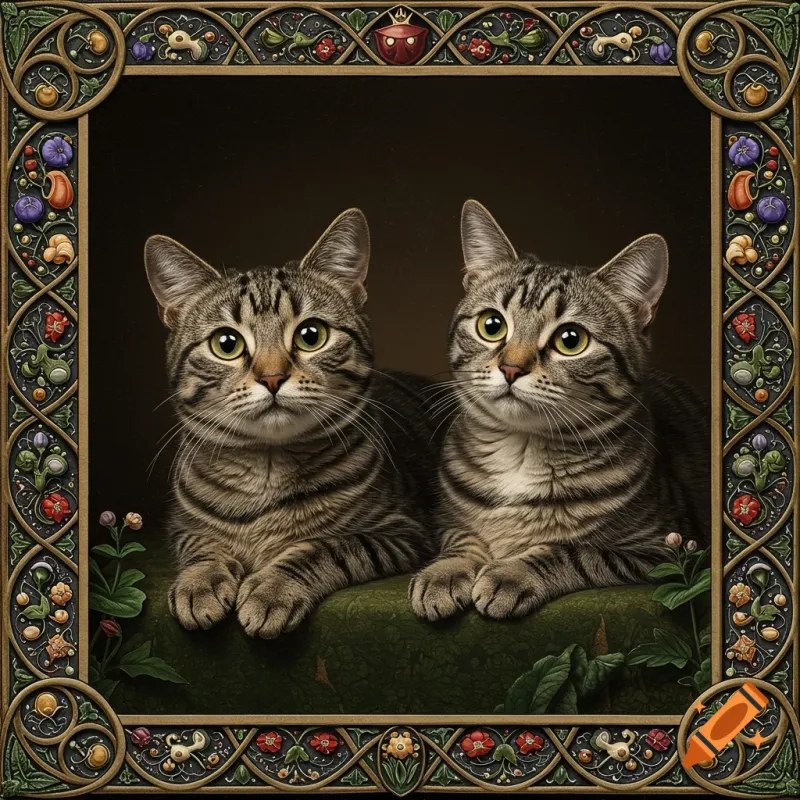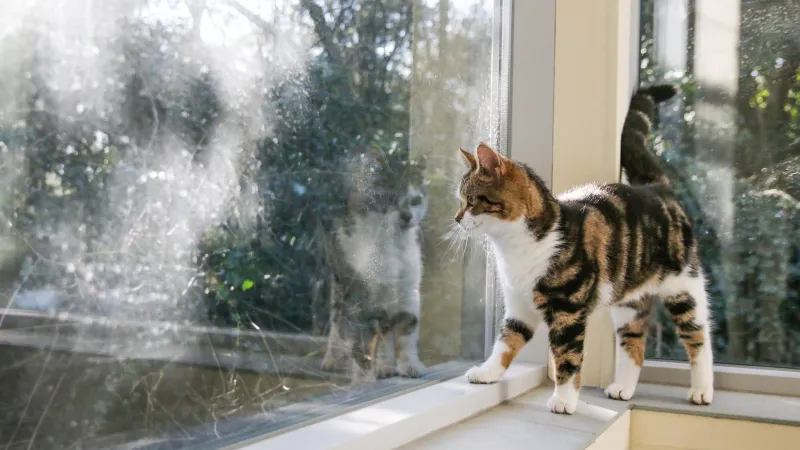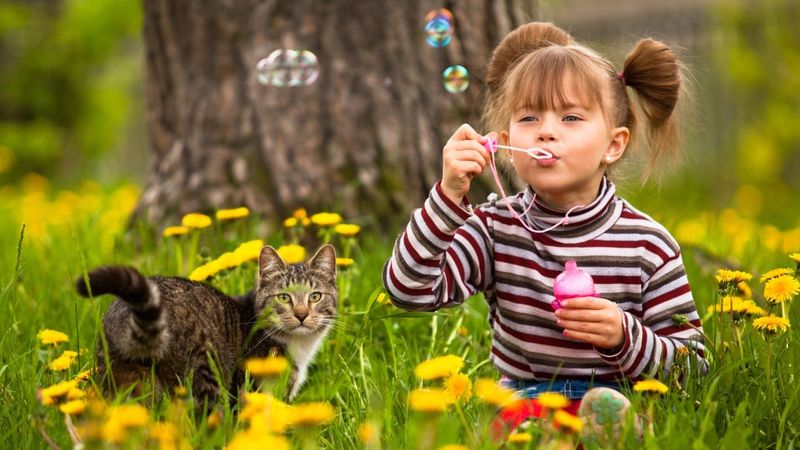📖 Table of Content:
The domestication of cats is a captivating journey that intertwines deeply with human civilization, revealing a unique symbiosis between humans and felines. This blog post explores seven intriguing facets of how these independent creatures became a cherished part of human life, from their ancient origins to their significant cultural roles.
1. Origins and Early Domestication
Imagine a time when small wildcats roamed the Neolithic villages of the Fertile Crescent. Drawn by the scent of grain, these cats found a new hunting ground teeming with rodents. Slowly, a mutualistic relationship began. Humans, unwittingly, provided food by attracting vermin, while cats kept the pests at bay. Around 9,500 years ago, this bond marked the dawn of domestication. Although tamed, cats retained their wild instincts, unlike other domesticated animals. This symbiosis forged a unique alliance that would evolve over millennia.
2. Archaeological Evidence
In the ancient burial grounds of Cyprus, about 9,500 years ago, lay a remarkable discovery: a human buried alongside a cat. This finding suggests an intentional inclusion of felines in human communities, perhaps as early companions or symbols of status. As time passed, cats found a place in various societies, with roles shifting from pest controllers to cherished pets. Their depictions in ancient Egyptian art, dating back 3,600 years, further highlight their integration, illustrating a journey from mere coexistence to companionship.
3. Genetic Insights
Did you know that today’s domestic cats are not far removed from their wild ancestors? Genetic studies reveal minimal divergence, retaining many wild characteristics. Interestingly, the iconic tabby coat emerged during the Middle Ages, illustrating that some traits are surprisingly recent. This genetic continuity underscores the cats’ ability to thrive alongside humans while maintaining their essence. Their adaptability has allowed them to flourish in diverse environments without significant evolutionary changes, making them unique among domesticated animals.
4. Cultural Significance
Revered in ancient Egypt, cats were more than just pets; they were symbols of divinity. Worshipped as Bastet, the goddess of home and fertility, they were mummified and honored. Their cultural significance transcended borders as seafarers brought them along on voyages. Cats’ knack for pest control made them invaluable on ships, aiding in their spread across continents. This role as both sacred and practical companions highlights the multifaceted relationship humans have shared with cats, a bond woven into the very tapestry of history.
5. The Medieval Transformation
In medieval Europe, the cat’s role took on new dimensions. As urban centers grew, so did the threat of vermin. Cats became essential in controlling these pests. With their distinctive tabby coats, these medieval felines were both workers and icons. However, superstitions also cast shadows, with some associating cats with witchcraft. Despite this, their utility ensured their survival and integration into society. The period marked a transformative era for cats, navigating between revered guardians and misunderstood creatures.
6. Modern Domestic Life
Today, cats are beloved members of households worldwide. Their independent yet affectionate nature makes them ideal companions for individuals and families alike. With millions of households embracing felines, they have become symbols of comfort and style. Whether lounging lazily on a sunny windowsill or playfully chasing a toy, cats enrich our modern lives with joy and companionship. Their journey from wild hunters to family pets reflects a flexible adaptation, allowing them to seamlessly fit into contemporary living.
7. A Unique Bond
The bond between humans and cats is like no other. Unlike dogs, cats maintain an air of independence, yet they form deep connections with their human companions. A cat’s purring presence can soothe, offering comfort and companionship. This relationship is built on mutual respect rather than reliance, a partnership that has evolved uniquely over time. From ancient hunters to today’s affectionate companions, cats have carved out a special place in our hearts, embodying both mystery and familiarity.
